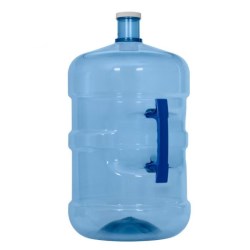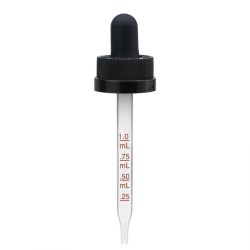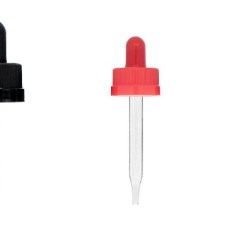Public
Dempsey International Packaging
Dempsey International Packaging Videos
Raptor Packaging Catalog
Raptor Packaging Locations
Raptor Packaging News
If this is your company, CONTACT US to activate Packbase™ software to build your portal.


When selecting PET (polyethylene terephthalate) as a bottle material you will rely on your supplier to choose a 1-stage or 2-stage manufacturing process. Each will produce high quality bottles but each also have advantages and disadvantages that you should understand.
In either process a PET preform will need to be produced. A preform is a molded tube of material that will move to a heat conditioning station then stretch and blow station to form the bottle. This preform is critical to the process as here the material distribution and neck finish are formed. The engineering of this preform is critical to obtain proper material distribution which will result in a high quality bottle.
1-Stage manufacturing utilizes a machine that molds and conditions the preform then stretches the preform while blow molding the bottle in a continual process within the machine. In this process the preform maintains heat and stays within the machine for transfer to the stretch and blow station.
2-Stage manufacturing utilizes two machines that can run independently. The first machine injection molds the preforms. The second machine reheats and conditions the preform and then stretches and blow molds the bottle. In this process the preforms are cooled and either transferred to the second machine for molding or the preforms can be boxed and stored for later use.
Let’s take a few minutes and look at the advantages and disadvantages of both processes.
Advantages of Single-Stage Molding Process:
- Compact and flexible manufacturing footprint
- The transfer ring on the bottle neck finish is optional
- Creates blemish-free bottles
- More suitable for low volumes (under 35MM bottle per year)
- Control over preform production. The preform is designed for the bottle in each mold
- Control over thread start to align with bottle’s shape and align a dispensing cap
- High capability for producing rectangular and non-circular shapes
- Size ranges from .5oz through 64oz
Disadvantages of Single-Stage Molding Process:
- Longer cycle times as the preforms are molded in the blow molding machine
- Longer tool changeover times as the injection and blow stations have to be changed
- Volumes typically under 35MM units per year dependent upon tool cavitation
Advantages of Two-Stage Molding Process:
- Molding flexibility
- Fast cycle times as the preform is molded outside of the blow machine
- Fast changeovers as you are only changing the blow molds
- The process can be stopped and started with minimal restart time and offware
- Good wall distribution for round bottles
- Preforms can be produced separately before being blown
- Handles high volumes of 1000 to 72,000 bottles/hr
- Size ranges from 8oz-128oz+
Disadvantages of Two-Stage Molding Process:
- All bottles require a transfer ring under the neck finish
- The threads cannot be oriented so cap orientation is not possible
- Scratches may occur on bottles due to preform marring while being stored
- Potential damage to the preforms
- Non-round or rounded bottle shapes may be a challenge
- Bottle sizes under 16oz can be challenging
- Use of common preforms among multiple bottles can cause material distribution problems
When considering a supplier or distributor for your PET bottle requirements please make sure that they have experience and expertise in supplying the type of bottle that you are looking for. Make sure that they have the expertise to understand your bottle needs and attributes.
Checklist for Selecting Supply Partners:
When considering a manufacturer:
- Have they produced/supplied the type of bottle that you are looking for?
- Do they have a diverse portfolio of shapes and sizes?
- Are there a variety of machine sizes to handle various volume needs?
- Who handles their mold engineering and construction?
- Do they have robust quality system and processes?
If buying through distribution:
- How do they select a vendor of PET bottles?
- Do they have experience in developing custom designs?
- Is your sales person versed in the PET supplier base capabilities?
- Can you have access to the manufacturer?
- Do they invest in tooling and machines in partnerships with their suppliers?
- Will they provide technical guidance and expertise in:
- Selecting the appropriate PET process (1-Stage or 2-Stage)
- Selecting the appropriate manufacturer
- Selecting the closure system for the PET bottle
Authored by: Bill Negrini, VP of Business Development at Raptor Packaging & Dempsey International Packaging
Bill’s extensive experience in the packaging market includes expertise in the health care, personal care, and food market segments with exposure to many others. As VP of Business Development he handles sales and market development for the Midwest and Eastern regions of the United States.


.jpg)
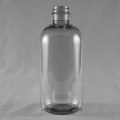
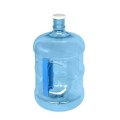
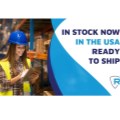
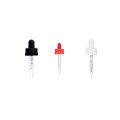



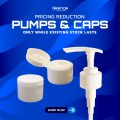
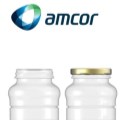

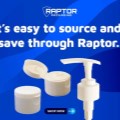

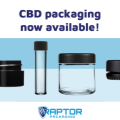
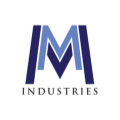
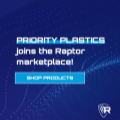
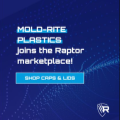

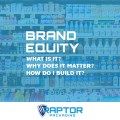
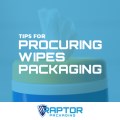


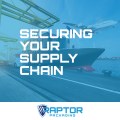
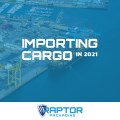
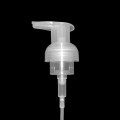

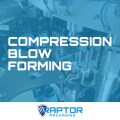
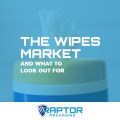
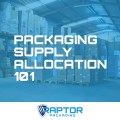

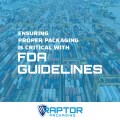


.jpg)


